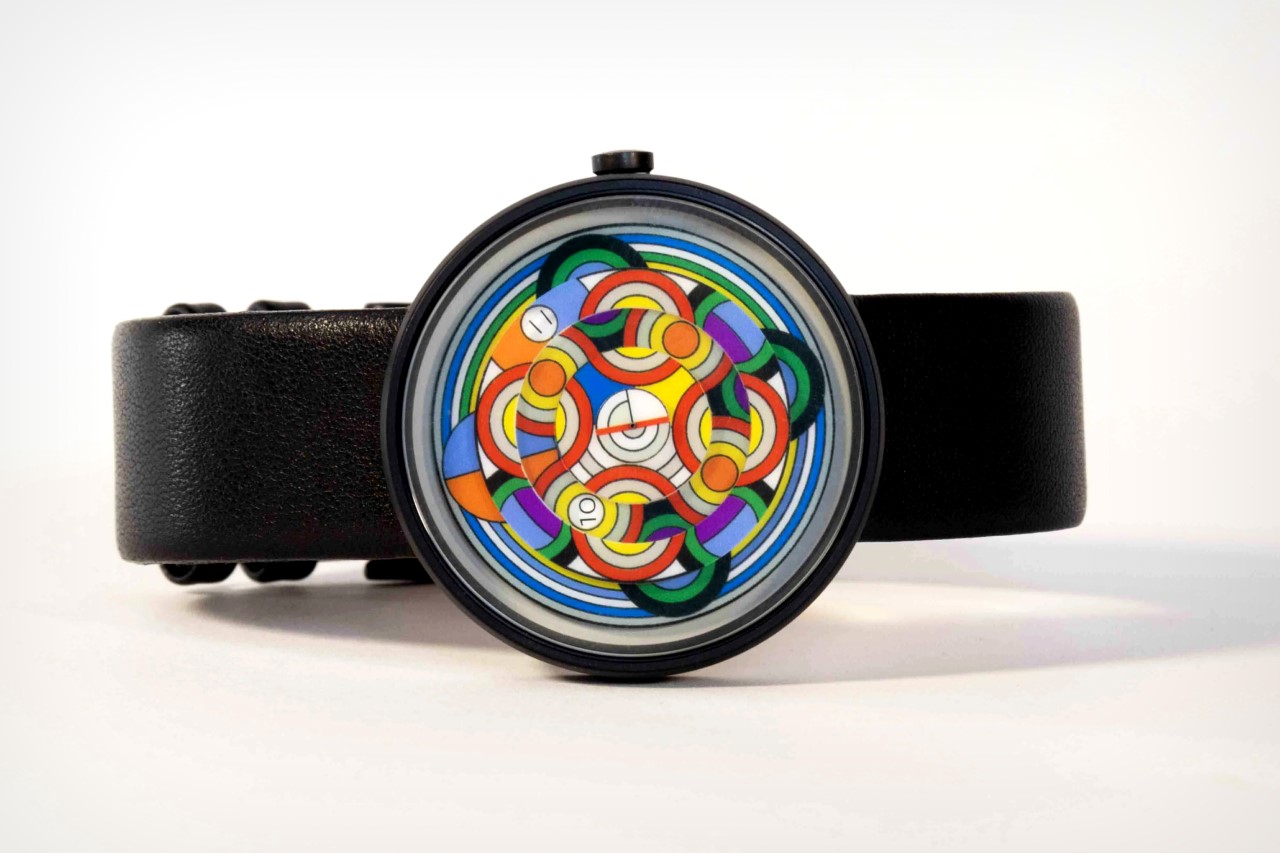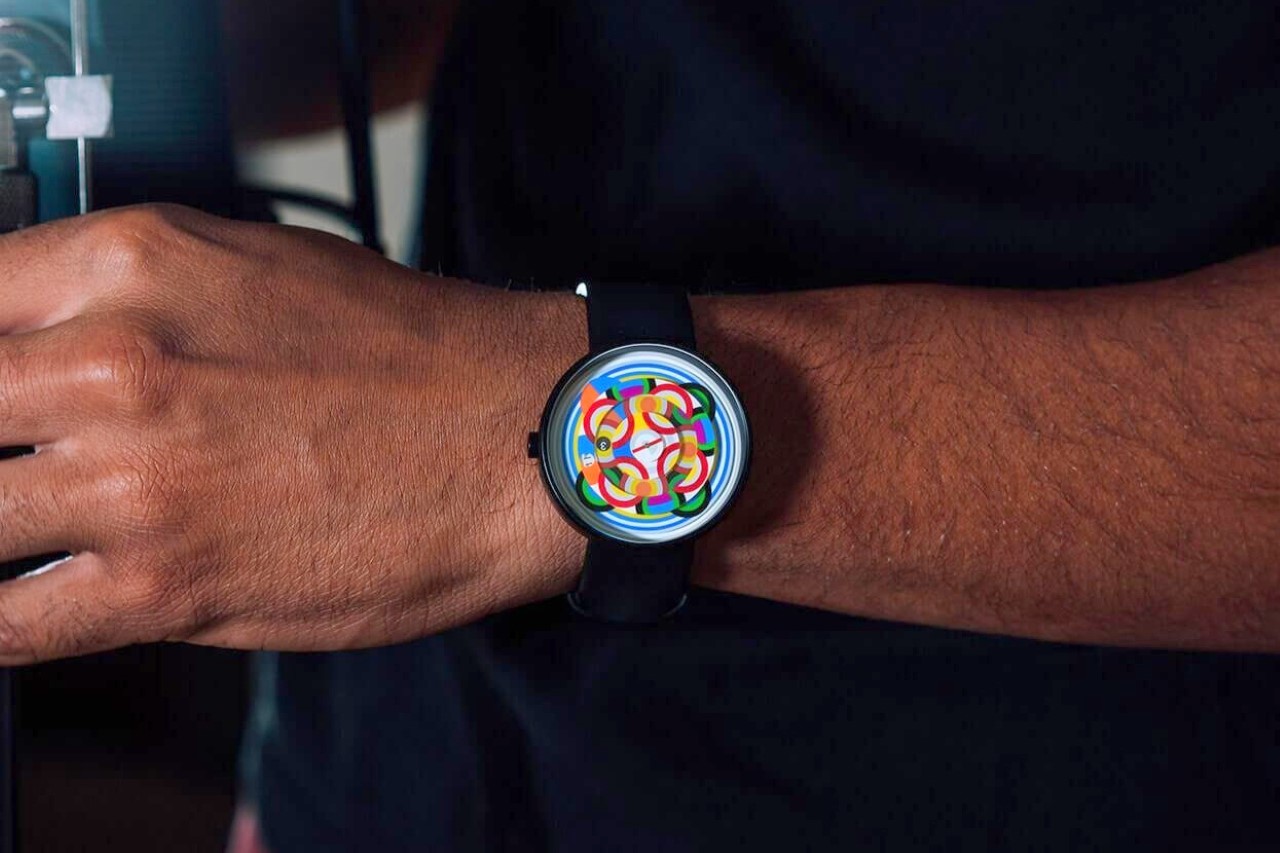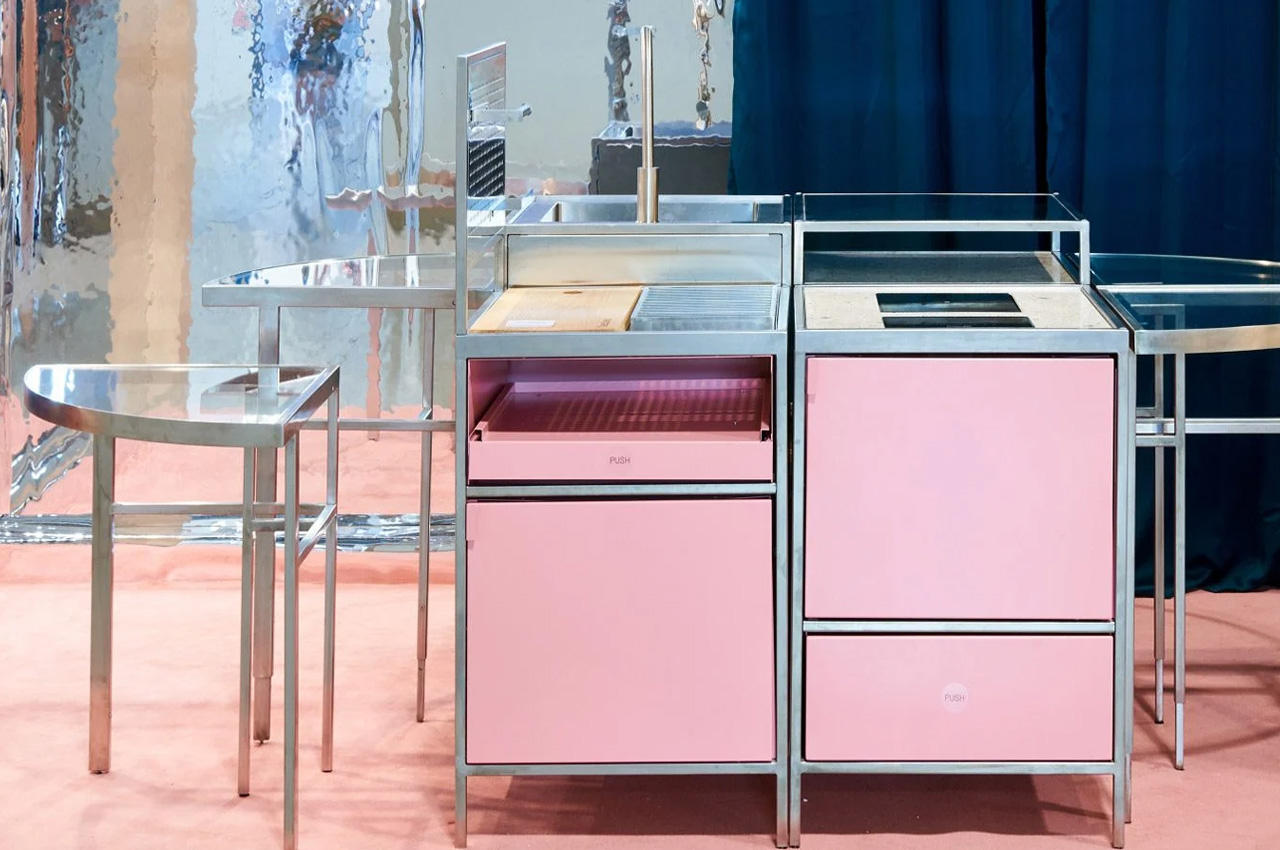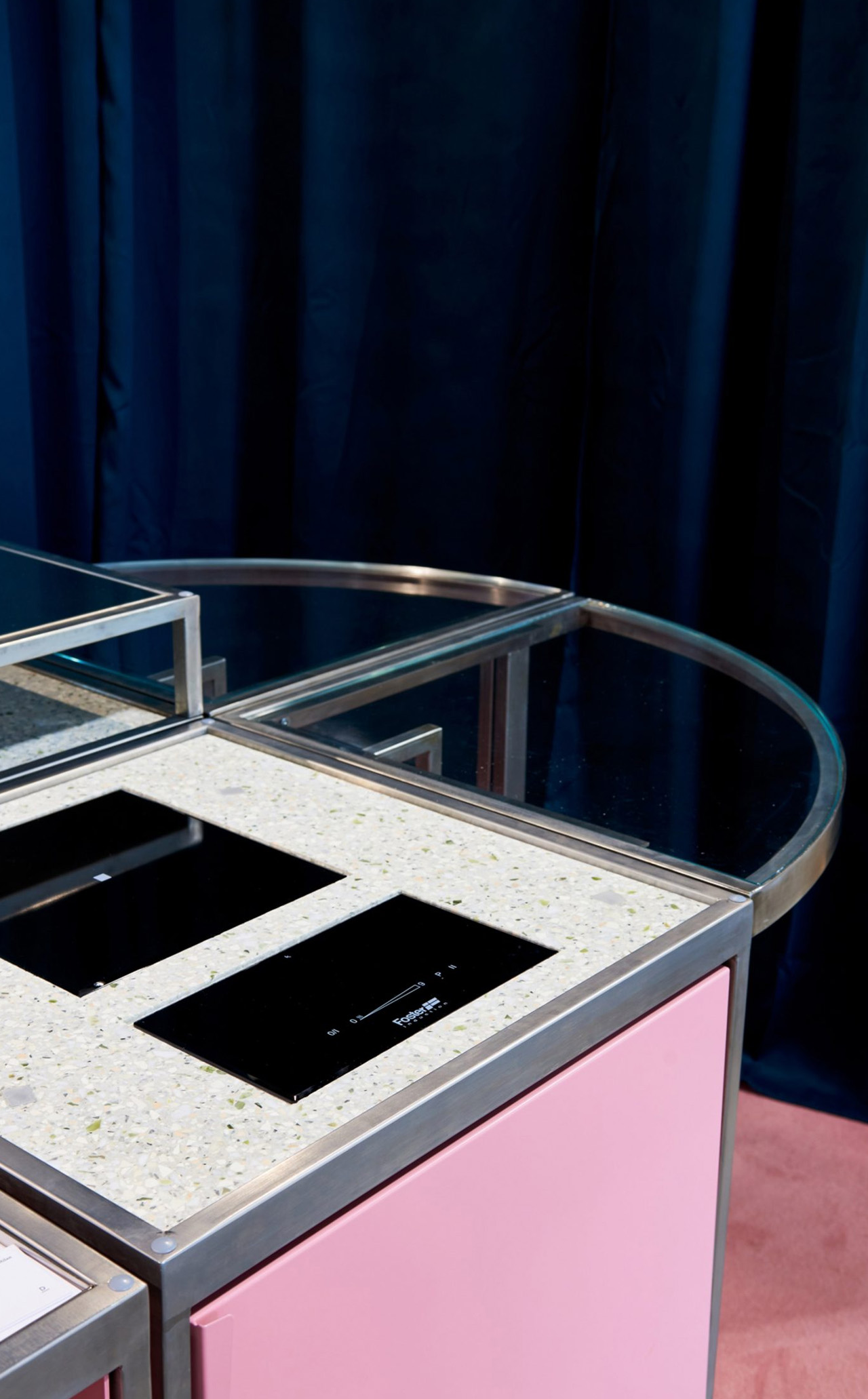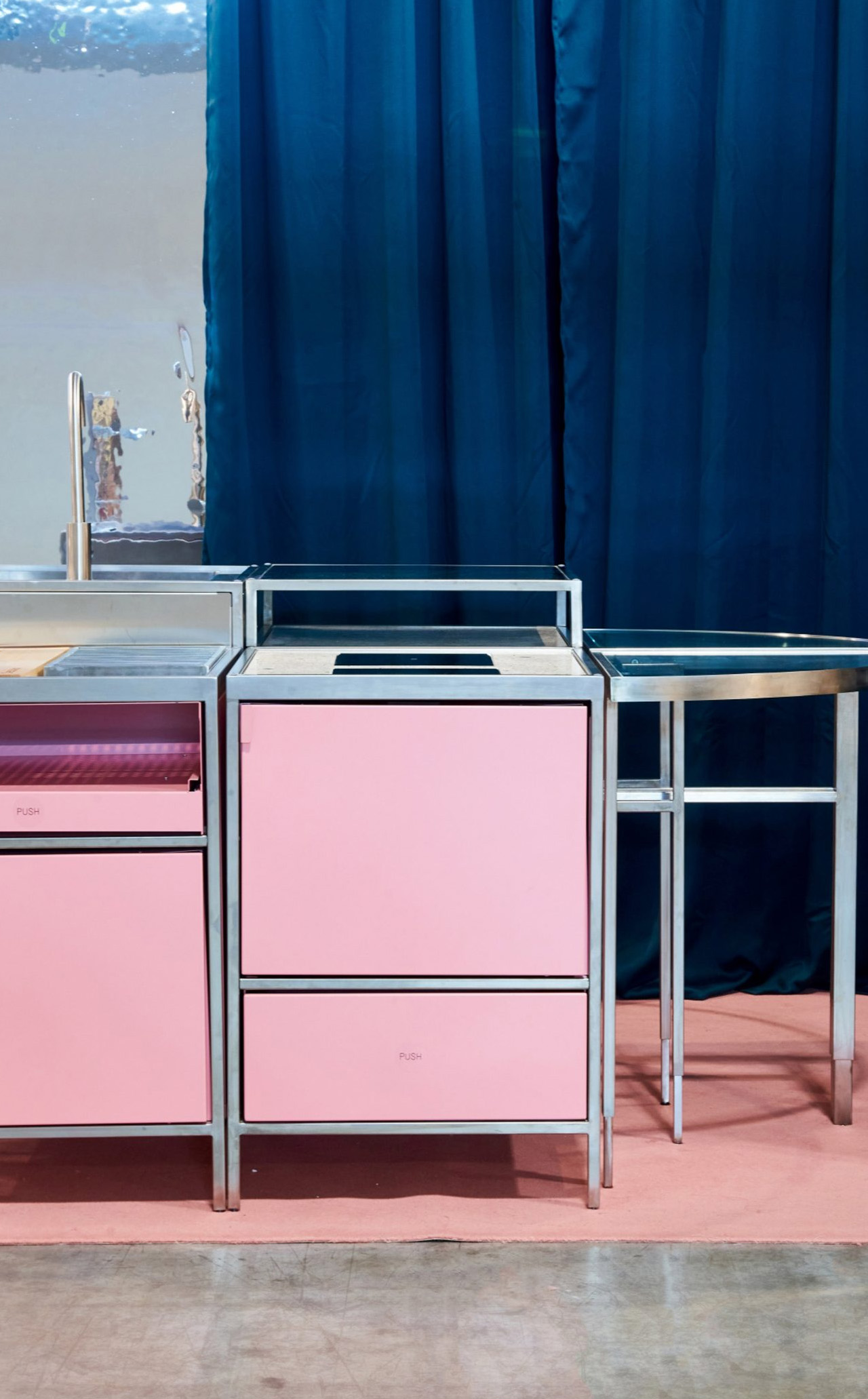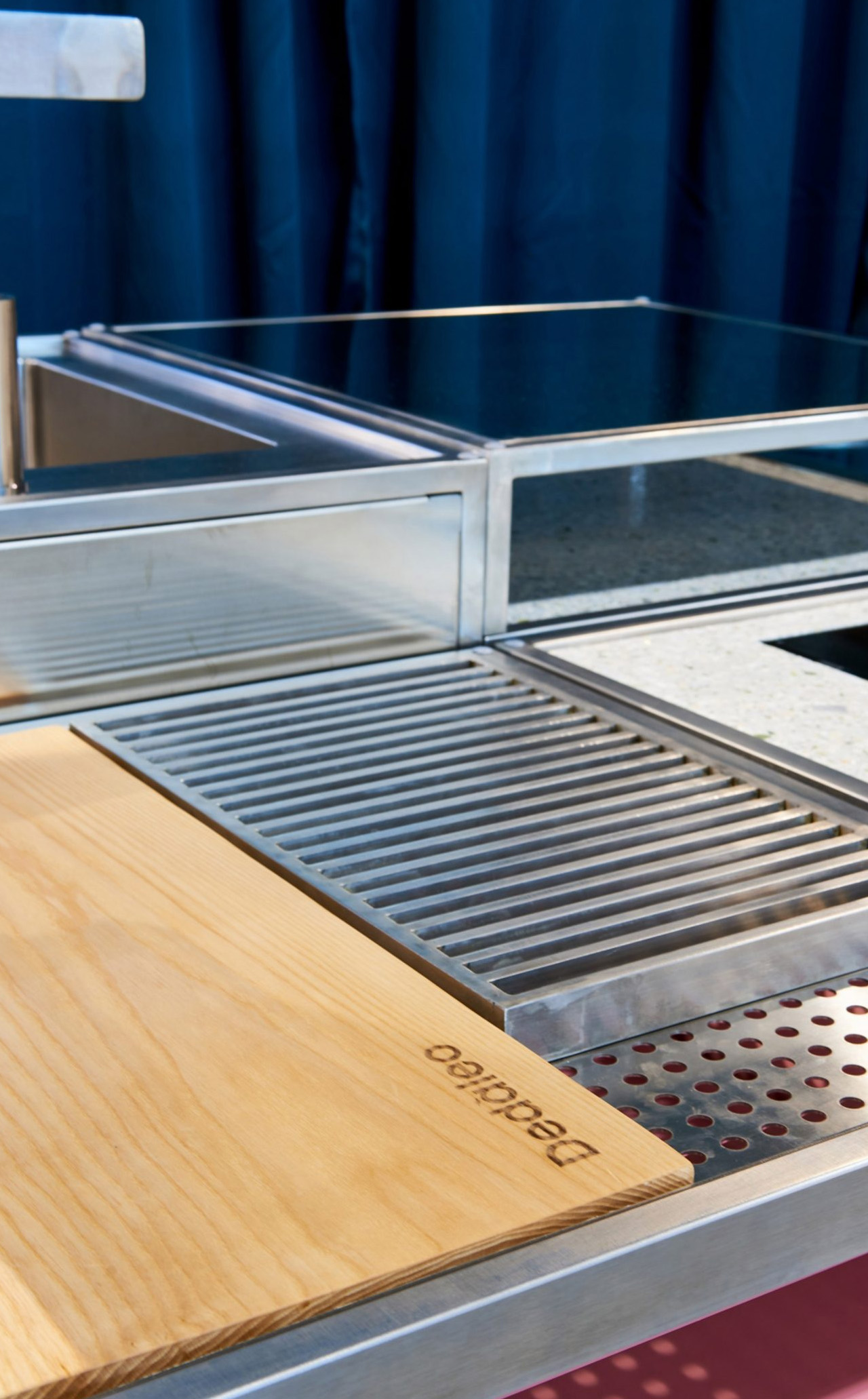
In the world of innovative design, industrial designer Lea Lorenz has unveiled Tony, a revolutionary portable refrigerator and food container that takes inspiration from an age-old tradition of using clay pots to store fruits and vegetables. Tony represents a modern reimagination of the traditional clay jug cooler, utilizing the power of evaporative cooling to create an eco-friendly and electricity-free solution for preserving perishables.
Designer: Lea Lorenz
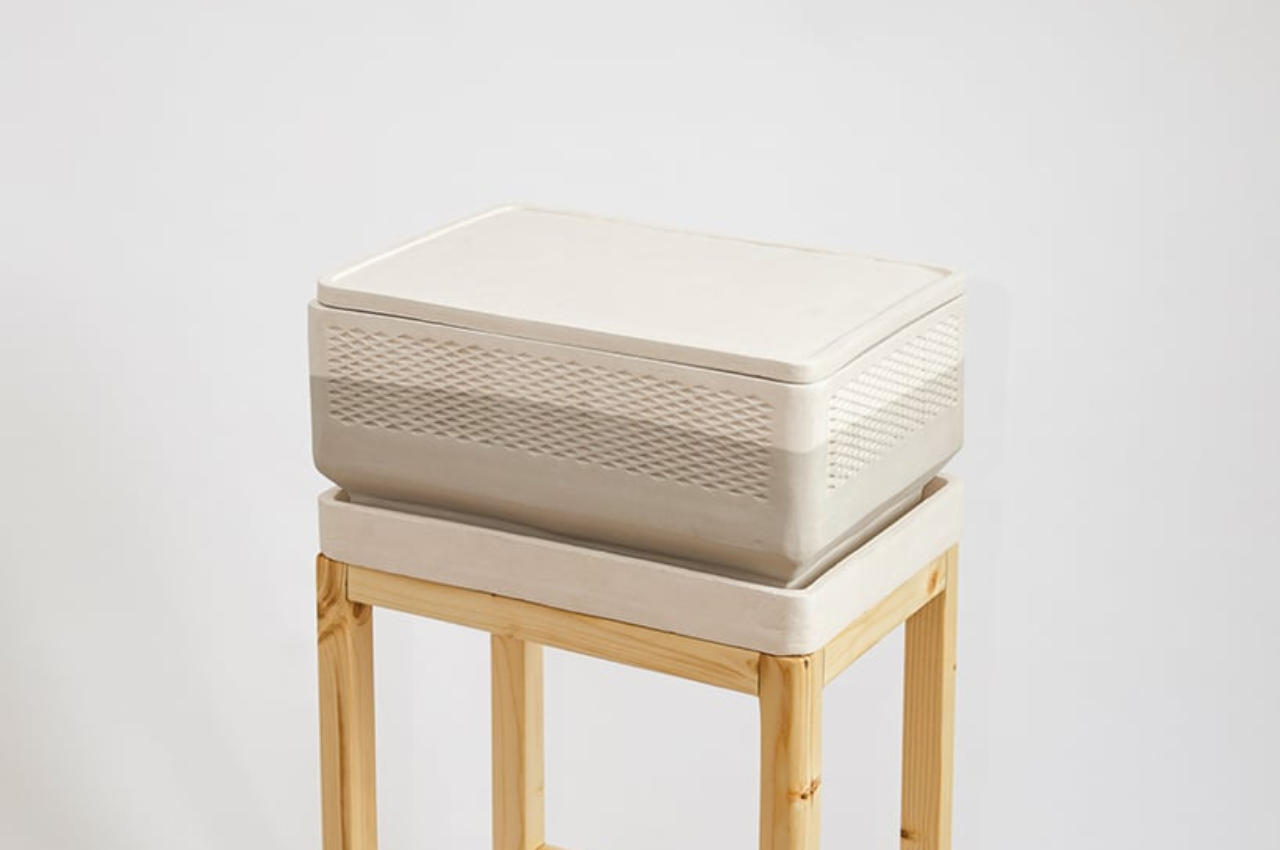

At the heart of Tony lies its porous raku clay shell, a material that naturally absorbs water from a reservoir. Through the process of evaporation, this unique cooling system brings the interior temperature to a range of 13°C-17°C without relying on electricity. Lea Lorenz explains that this temperature range creates an ideal storage environment for foods that are sensitive to extreme cold, such as fruits and vegetables, which can lose flavor and undergo undesirable post-ripening processes in traditional refrigerators.
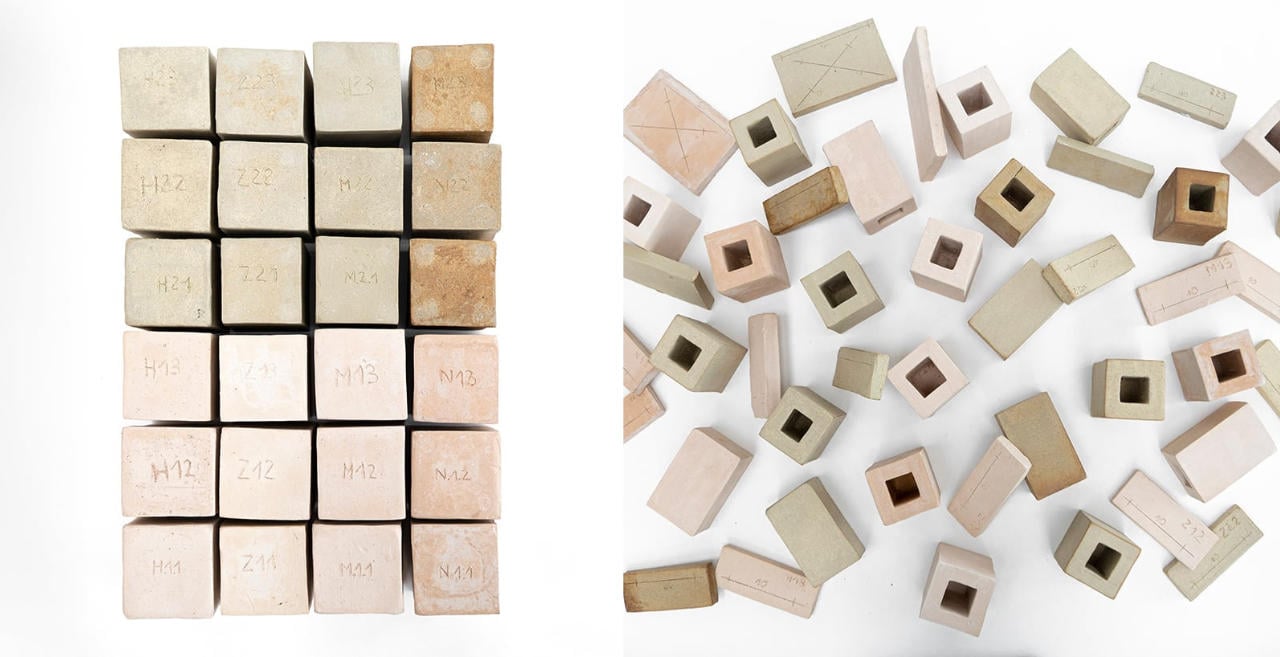
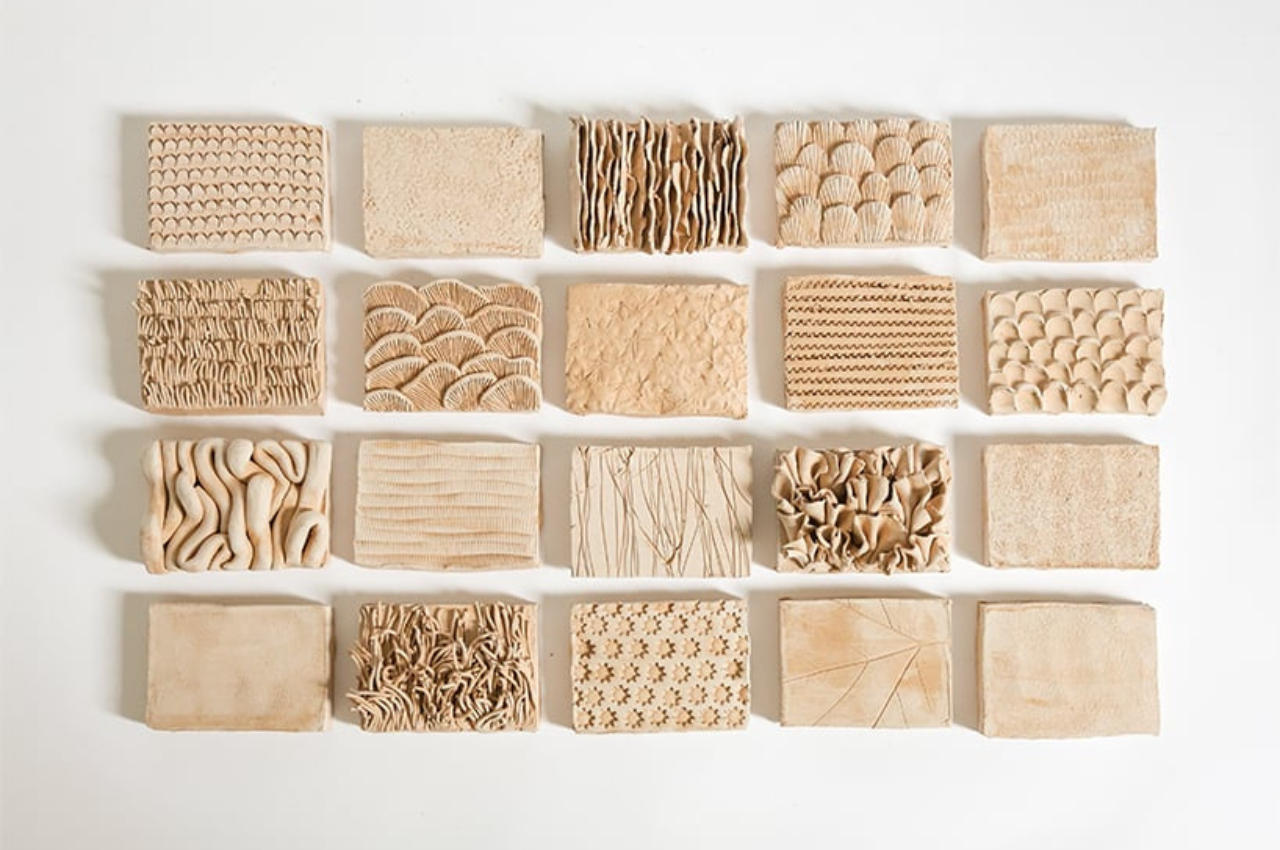
To achieve the optimal cooling effect, Lea Lorenz conducted extensive experiments with different types of clay and clay mixtures. The results revealed that a Raku clay shell absorbs water from the tank most effectively. Each Tony clay container comprises a water tank, a food container, and a lid, allowing each section to operate independently with its water supply. The outer wall’s surface is meticulously subtractively machined to increase the surface area for enhanced water evaporation and a quicker drop in temperature inside.
Understanding the impact of external factors like sunlight and nearby heat sources on internal temperature, Lea paired Tony with a wooden stand for increased mobility. This allows users to move the clay cooler around, ensuring optimal storage conditions for fruits and vegetables.

Lea Lorenz addressed the importance of proper fruit and vegetable storage by designing Tony as several rectangular clay containers of varying sizes that can be stacked on top of each other. This innovative approach provides a designated space for each group of produce, contributing to longer freshness and reduced spoilage.
Lea emphasizes the environmental sustainability of Tony throughout its lifecycle. The Raku clay is responsibly sourced from the Westerwald region of Germany, minimizing transport routes and reducing CO2 emissions. The production process involves firing the clay coolers at the lowest possible temperature of 1000°C for minimal energy consumption. Furthermore, Tony is built to last, and if it becomes non-functional, the clay coolers can be recycled by grinding them into fireclay, which can then be used to manufacture new coolers.
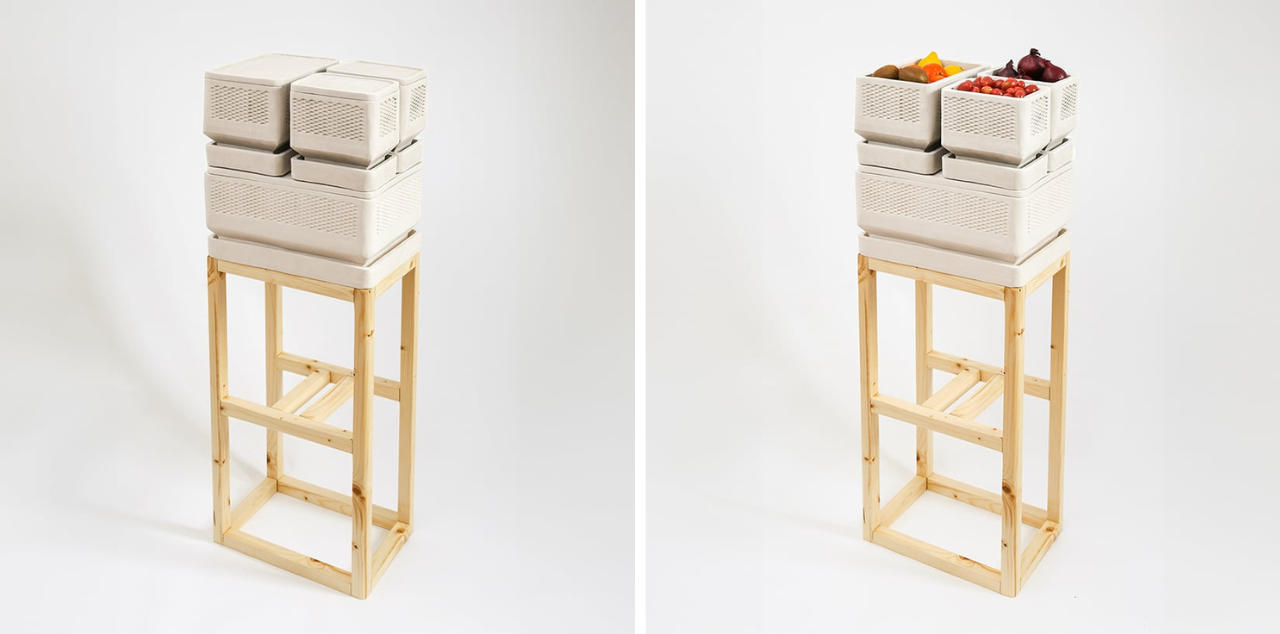
Tony by Lea Lorenz is not just a functional and aesthetically pleasing design; it represents a thoughtful and sustainable solution to food storage. By marrying traditional methods with modern technology, Tony offers an eco-friendly alternative to conventional refrigeration, promoting food longevity, reducing waste, and contributing to a more sustainable future.
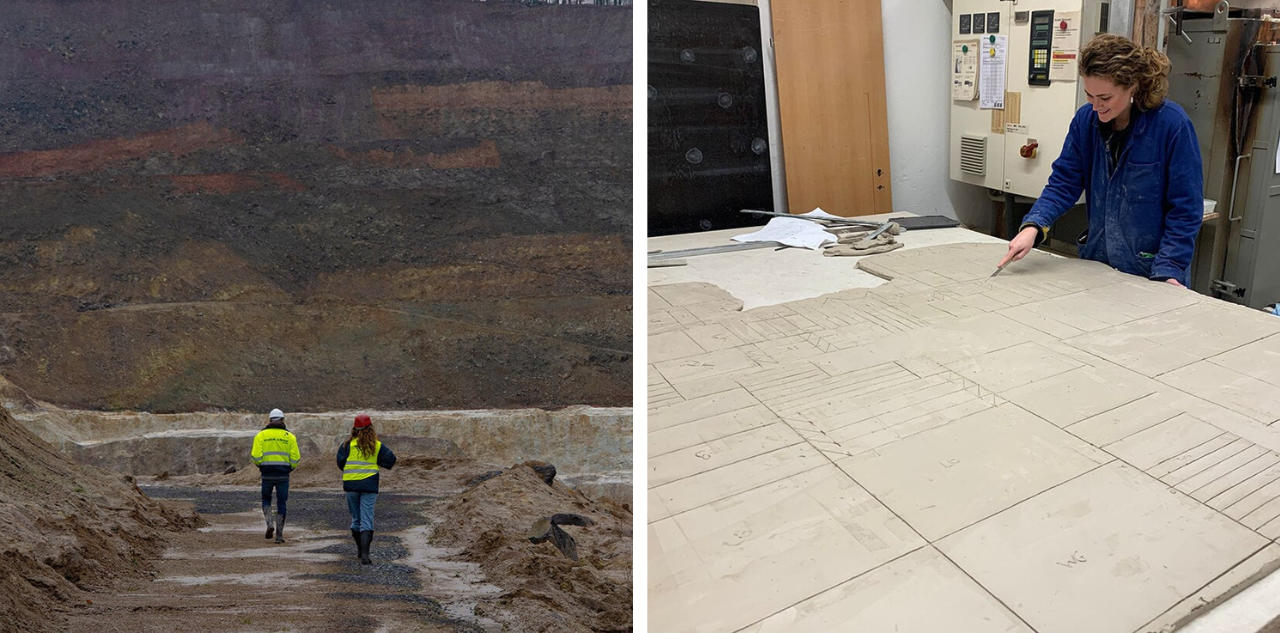
The post Electricity-free Refrigerator uses Natural Clay to Keep Food Fresh first appeared on Yanko Design.

